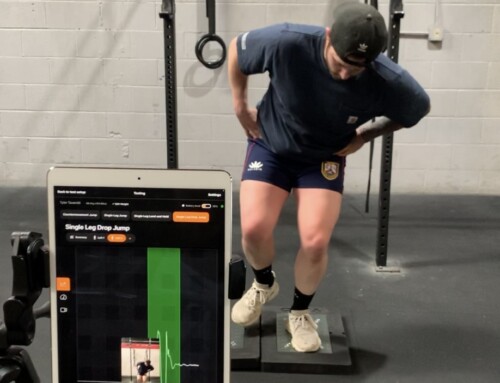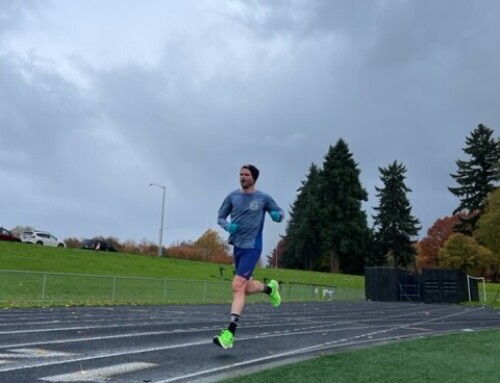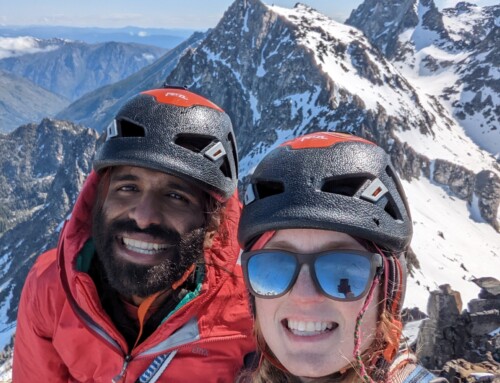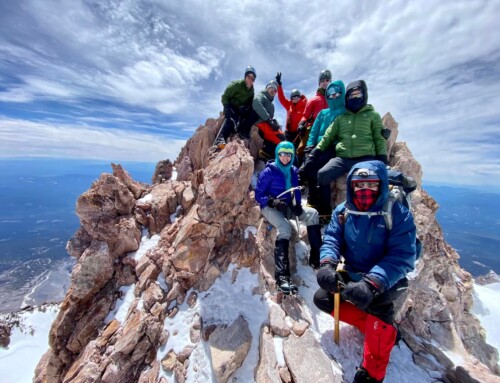Training is hard. It requires dedication. It requires motivation. It requires opting for getting sleep rather than going out. You need to mold your attitude much like a muscle, so that it isn’t the limiting factor in training or in racing. I’ve been training and competing at a high level for a long time (Pacific NW Regional Champion and Olympic Distance Tri AG National Champion Sprint Distance Duathlon). Only recently have I had access to a world class altitude training room. This is an amazing tool, something I can use to gain an extra edge on my competitors and something that’s got nothing to do with attitude! Consequently, people are always asking “So what is the altitude doing”? That is a pretty complicated question.
The intended effects of a non-pressurized, high altitude training room are to reduce the oxygen content in the blood in order to stimulate aerobic adaptations. This essentially puts stress on the red blood cells (RBC) resulting in a proliferation of blood plasma volume, RBC number, and oxygen carrying efficiency. Olympic athletes do it, I wanted to try it. This may sound all nice and easy but it still leaves many questions to answer. How often and for how long do you have to train? What should I do in the altitude training room? How long does it take before I will see results? Well, here is what I’ve found based on personal experience.
So what about dosing?
Research indicates 3 hours per week for as short of time as one month produces significant performance benefits. Through my off season training for triathlon I was spending 3-4 hours a week doing easy workouts in the altitude training room. This consisted of a few short runs at 12,000 feet, and a long ride at 14,000 feet on the weekend. The first effects I noticed were an increase in effort and fatigue while keeping my normal pace both running and riding. I had to decrease my speed in each discipline (while inside the altitude training room) to keep the easy volume days easy. This was a direct effect of the lower oxygen levels. My body was working harder to deliver oxygen to the working muscles.
After about 5 weeks I began to notice that the efforts inside the room became easier. I was able to maintain close to normal running pace when the room was at its lower levels, and on my usual easy days I only reduced the pace moderately. This was a nice change, it made the altitude training days much more tolerable. Eventually I found myself having easy conversations with other altitude goers on the treadmill, rather then panting for breath. My body was adapting, becoming more efficient at delivering adequate oxygen levels despite being in a low oxygen environment.
Noticeable Gains outside of the Altitude Training Room
The biggest change I noticed from altitude training was not in the room but rather in activities outside. After about 10 weeks of training I noticed that when swimming I was able to hold a faster pace. As I began to pay more attention to this in my swim workouts I realized I was taking about half as many breaths in the pool. I can only account for this through increased aerobic capacity. Spending less time taking breaths and still delivering the necessary oxygen to by muscles in the pool, big time benefit!
So, what is the altitude training room doing? It’s doing a lot if you use it well. I’ve seen a noticeable increase in my swimming performance, which is a discipline I’m only indirectly training through altitude training. I think of the room as cross training for everything. Sure I’m running in there, but I’m really only focusing on form and reducing the oxygen saturation in my blood. All my ideas of pace and workouts go out the window in the altitude training room, I am singularly trying to increase my aerobic abilities. So by going in the room and doing something simple like rowing or walking you could presumably improve any other aerobic activity that you might want to try. It’s like hacking your aerobic system.
Perks of a Strong Mental Game
I’m constantly looking to push myself, to squeak out a tiny percentage of extra performance. I want more, from my muscles and my mind. This room not only gives me a psychological boost, as I picture myself becoming an oxygen delivering machine. It also gives me a noticeable increase in physical performance. It’s exciting to think about where my 2017 racing season goes.






